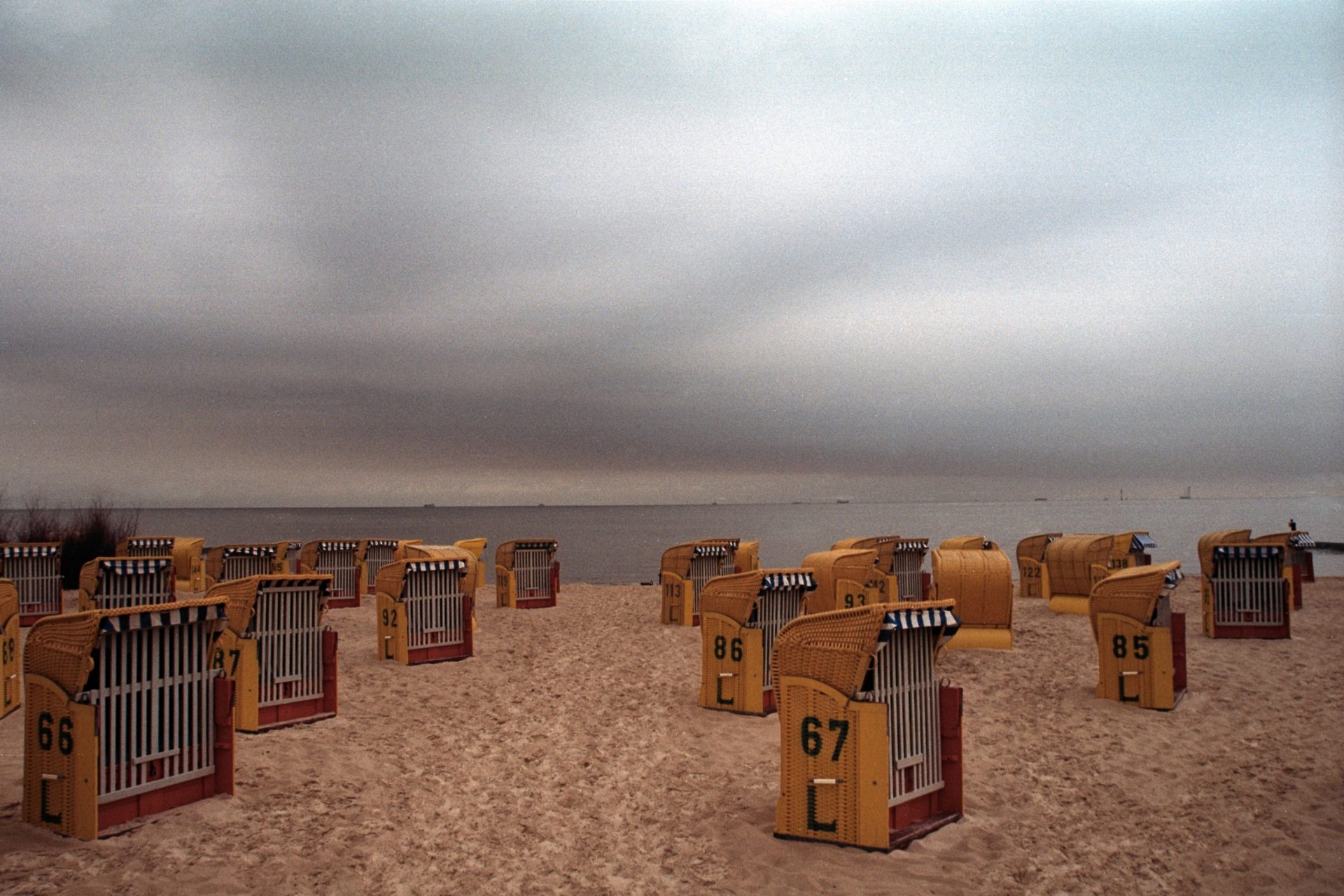Places: 2001-2011. Exhibition by Andrij Bojarov
April - May 2011
Виставковий зал Центру міської історії
Over the past decade, these moments captured by Bojarov's lens, give us a peek into contemporary city life. The project is a blend of documented visual anthropology and poetic commentary on contemporary city culture and heritage.
Private Urban Life
The City is the core of the modern man's world. It generates the largest concentration of intellectual, spiritual and emotional human vibes. Every day, billions of long and short, fascinating and mundane stories accumulate in multinational and multicultural urban labyrinths, creating an irreproducible charm unique to each city. The ancient Romans called this irreproducible charm genius loci – the protective spirit of the place. According to Romanmy thology, each person, each bit of earth, structure or establishment has its own genius loci. It is responsible not for physical attributes: walls, roof, doors, windows, shrubs or trees… but for the atmosphere.
The atmosphere of a city is that which is missed by most tourists, galloping across Europe… Atmosphere is not dictated by a group of architectural monuments, museums, stores or cafes.
It is this subjective, multi-layered, richly nuanced ephemeral substance of daily city life that the architect and artist Andrij Bojarov conveys through his collection "Places: 2001-2011."
In striking details, Andrij documents his slow immersion into the private urban life of Vienna, Budapest, Warsaw, Krakow, Tallinn, Berlin, Wrocław, Lviv, Bytom, London, Frankfurt, and Rome. These random photographs gradually form a splendid chronicle documenting the realities of city life created by geography and the natural flow of its composition.
Empty cabins on an empty beach, vacant tables in early morning cafes, a string of car tops, garbage cans, a dog in a basket carefully wrapped from the morning fog, a Vietnamese woman carrying bread rolls… All these seemingly insignificant snapshots detailing the everyday lives of smaller and bigger European and Ukrainian cities are captured by Andrij Bojarov's camera; they give the viewer a sense of being part of them, they encourage personal reflection and their interpretation is governed by the viewer's mood.
This conveys the experiences travelers had one-two hundred years ago. Settling in a location for several months, becoming acquainted with their neighbors, caretakers, shopkeepers, café owners and the café regulars… They wandered throughout areas… Visited newly made friends… Wrote long letters home, kept comprehensive journals of their travels which included excerpts of their conversations and thoughts… Andrij Bojarov’s exhibition reminds us of the non-tourist traveler who embraces the spirit of every foreign city as his own.
Art Historian, Nataliya Kosmolinska
Andrij Bojarov
Was born in Lviv but divided his life between Ukraine and Estonia. Living in Tallinn by the end of the 1980s, he returned to Lviv to obtain a degree in architecture. This partially explains his interest in urban development, urban spaces and urban living. He worked and designed projects in Estonia, Poland, and Finland, and traveled to expand his knowledge of his craft. He worked with the Centre for Modern Art in Warsaw, the Cultural Foundation in Estonia, and with various Estonian newspapers, radio and television stations. He taught Fundamentals of Architecture in Tallinn. He also works in Lviv as an interior architect. He describes each of his activities as “project making”, including his photography.
The exhibition was accompanied by a weekly movie in the exhibition hall of the Center for Urban History.
Image
Cover Image: by Andrij Bojarov
Gallery Image: by Andrij Bojarov
